QuarkNet Data Portfolio
A collection of proven instructional activities developed around data strands that help students develop an understanding about how scientists make discoveries.
The Data Portfolio organizes activities by data strand and level of student engagement. Activities differ in complexity and sophistication—tasks in Level 1 are simpler than those in Levels 2 and 3. While each level can be explored individually, students that start in one level and progress to more complex levels experience increasingly engaging and challenging tasks. Teachers select activities to offer a learning experience of an appropriate length and level for their students.
A collection of proven instructional activities developed around data strands that help students develop an understanding about how scientists make discoveries.
The Data Portfolio organizes activities by data strand and level of student engagement. Activities differ in complexity and sophistication—tasks in Level 1 are simpler than those in Levels 2 and 3. While each level can be explored individually, students that start in one level and progress to more complex levels experience increasingly engaging and challenging tasks. Teachers select activities to offer a learning experience of an appropriate length and level for their students.
| Activity Name | Data Strand | Level | Curriculum Topics | NGSS Practices | Topic | |
|---|---|---|---|---|---|---|
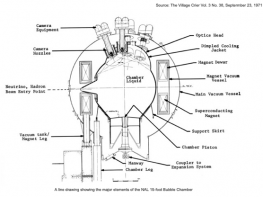
|
Making Tracks II Students analyze tracks in a bubble chamber. |
|||||
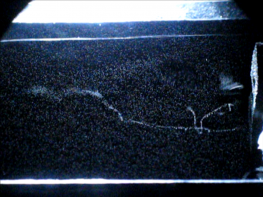
|
Making Tracks I Students analyze tracks in a cloud chamber. |
|||||
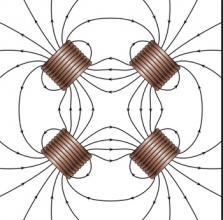
|
Making it ‘Round the Bend - Quantitative Students measure the effects of electric and magnetic fields on particles. |
|||||
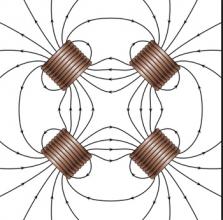
|
Making it ‘Round the Bend - Qualitative Students explore the effects of electric and magnetic fields on particles. |
|||||

|
Introduction to Coding Using Jupyter Students will learn the basics of coding using Jupyter style notebooks. |
|||||
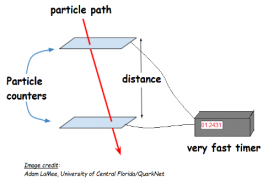
|
How Speedy are These Muons? In this activity, students use authentic detector data to apply simple 1D kinematics (v=d/t), interpret graphical data, and evaluate measurement uncertainties. |
|||||
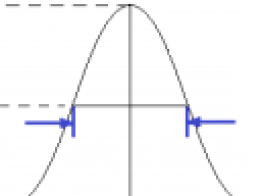
|
Histograms: Uncertainty Students construct histograms, identify the best value to represent the data, and report the uncertainty in their answers. |
|||||
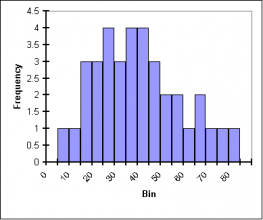
|
Histograms: The Basics Students build basic histogram skills required in many of the other activities in the Data Activities Portfolio. |
|||||
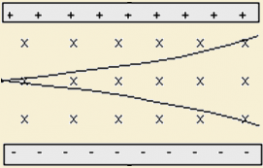
|
Energy, Momentum, and Mass Students examine data to find how energy, momentum, and mass are related. |
|||||
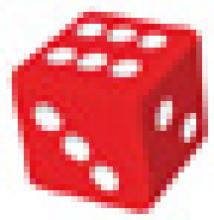
|
Dice, Histograms & Probability Students roll dice, record the resulting individual values as well as the sum of the values, create histograms of the data and develop insight into the concept of “degrees of freedom." |